P&I for Tug and Barge
- Thursday, July 9, 2009, 9:40
- Protection & Indemnity, Protection & Indemnity (P&I)
- 3 comments
As you know, cover for P&I liabilities may be by choice or dictated by Regulations. Let’s look at the potential liabilities of an owner of a barge which we all know of;
(1) Liabilities towards any loss/damage to cargoes carried on board
Under the Carriage of Goods by Sea Act (COGSA), an operator/owner of a barge who issues a bill of lading will be deemed as carriers responsible for the obligations towards the owners of the cargo, even though the barge is under tow and unmanned. This is because the vessel named on the bill of lading is the barge and not the tug. Thus a party who would be liable under COGSA is the carrier and if the carrier is the owner of the barge, then this is where the liability rests.
If the barge is under charter, then usually the charterer issues the bill of lading as carrier in which case any loss/damage due to the unseaworthiness of the barge would be allocated under the charter party between owner and the charterer.
(2) Liabilities for any 3rd party loss/damage, e.g. fixed, floating objects (FFO), collisions with other vessel,
FFO which does not qualify as ships, e.g. jetty, bridges, piers, are all “fixed” whilst buoys, dolphins, fishing nets are “floating”. When FFO is excluded under the barge’s H&M, the owners of the barge may cover liabilities under FFO under the P&I policy. In such instnaces, the claim by the FFO owners is by way of liability under tort (common law principles). The principles is that even if the barge is unmanned, the owners of the barge is still held liable on basis that the loss/damage is inflicted /caused by contact with the barge, even though the tug has the control over the barge. In such instance, although the barge may be held liable, the barge is entitled to limit its liability under the International Convention on Limitation of Liability for Maritime Claim 1976 (amended 1996) (LLMC) using the tug’s gross tonnage.
Collision liability when excluded under the H&M or the portion not covered under then H&M may be covered under the P&I. In collision cases;
(i) if the barge is manned and whilst under tow by a tug and the barge collides with a third vessel, the tug and barge are jointly and severally liable to make good the 3rd vessel’s damage/loss, in respect of that portion equivalent to their degree of fault and conversely the 3rd vessel is liable to make good tug and barge’s damage/loss which they have respectively sustained in the same ratio as the 3rd dvessel’s degree of fault.
(ii) If the tug alone is negligently navigated and the tug and barge (unmanned) are owned by different owners, then the liability rests with the tug only and any liability would be limited to the tonnage of the tug alone. Otherwise if both tug and barge under the same ownership, the the limitation of liability shall be the aggregate tonnages of the tug and barge.
(iii) If the barge is manned and the crew on board the barge contributes to the negligent navigation of the tug, both shares the blame and if under different ownersship the limitation applies to the aggregate tonnages of both tug and barge, irrespective of ownership.
(3) Liabilities for any oil pollution from barge which carries oil cargo which spilled to sea
All the above (1), (2) and (3) lead to the need for an owner of a barge to have P&I cover, whether the operation requires the barge to be manned or not.
Your inquiry: Both to Blame Collisions
Your inquiry is on the “Both to Blame” clauses in a bill of lading which has a bearing on the cargo carried on board a barge, i.e. liabilities under above (1). The “Both to Blame” clause owes its existence to the law prevailing in the United States in collision cases. It flows from the International Convention for the Unification of Certain Rules of Law with respect to Collisions between Vessels, signed in Brusels, 23 September 1910 (Brussels Convention 1910), a copy is attached.
You will see that under Brussels 1910 Article 1, it governs the compensation due for damages caused to the vessels or to any things or persons on board thereof where a collision occurs between sea-going vessels or between sea-going vessels and vessels of inland navigation. Articles 2, 3 and4 describes where the liability rests in different circumstances.
Before 1975, under United States law, if both vessels were to blame, the blame was always divided on a 50/50 basis, irrespective of the degree of fault. Additionally, the cargo (cargo A) on board vessel A was allowed to recover 100% of its losses from vessel B. Vessel B would then recover 50% of cargo A from vessel A, so that vessel A ended up paying 50% of its damage suffered by cargo carried on board its own vessel. This situation was not attractive to shipowers because in such situation, they lost their entitlement under COGSA defences in which the shipowner is not responsible for any loss or damage to cargoes carried on own ship due to the negligence navigation of their master, crew. So the shipowners began inserting a “Both to Blame” clause in bills of lading which enables vessel A to recover that 50% from cargo A. As a result it was necessary to insert a “Both to Blame” collision clause in the marine cargo policy to confirm that cargo insurers would respond in respect of that liability to vessel A.
Since, 1975 the US courts began to apportion blame according to degrees of fault. However the ability for the 100% claim of cargo A to go to vessel B and then vessel B to recover in part from vessel A who then in turn recover from cargo A remains. This explains the continuing need for the clause under the ICC.
For your information, the United Kingdom has its own Act on apportionment of liability for collision cases. The U.K. adopts the two Conventions i.e. Brussels 1910 into their own legislation called the Maritime Convention Act 1911 which only applies in the U.K.
Copied from an advice by
Anwar Bin Saadan
Regional Risk Manager
Marine – Asia
QBE Insurance (International) Limited
About the Author
3 Comments on “P&I for Tug and Barge”
Write a Comment
Gravatars are small images that can show your personality. You can get your gravatar for free today!

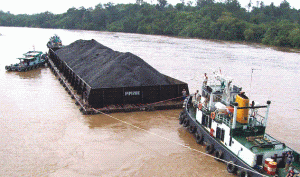
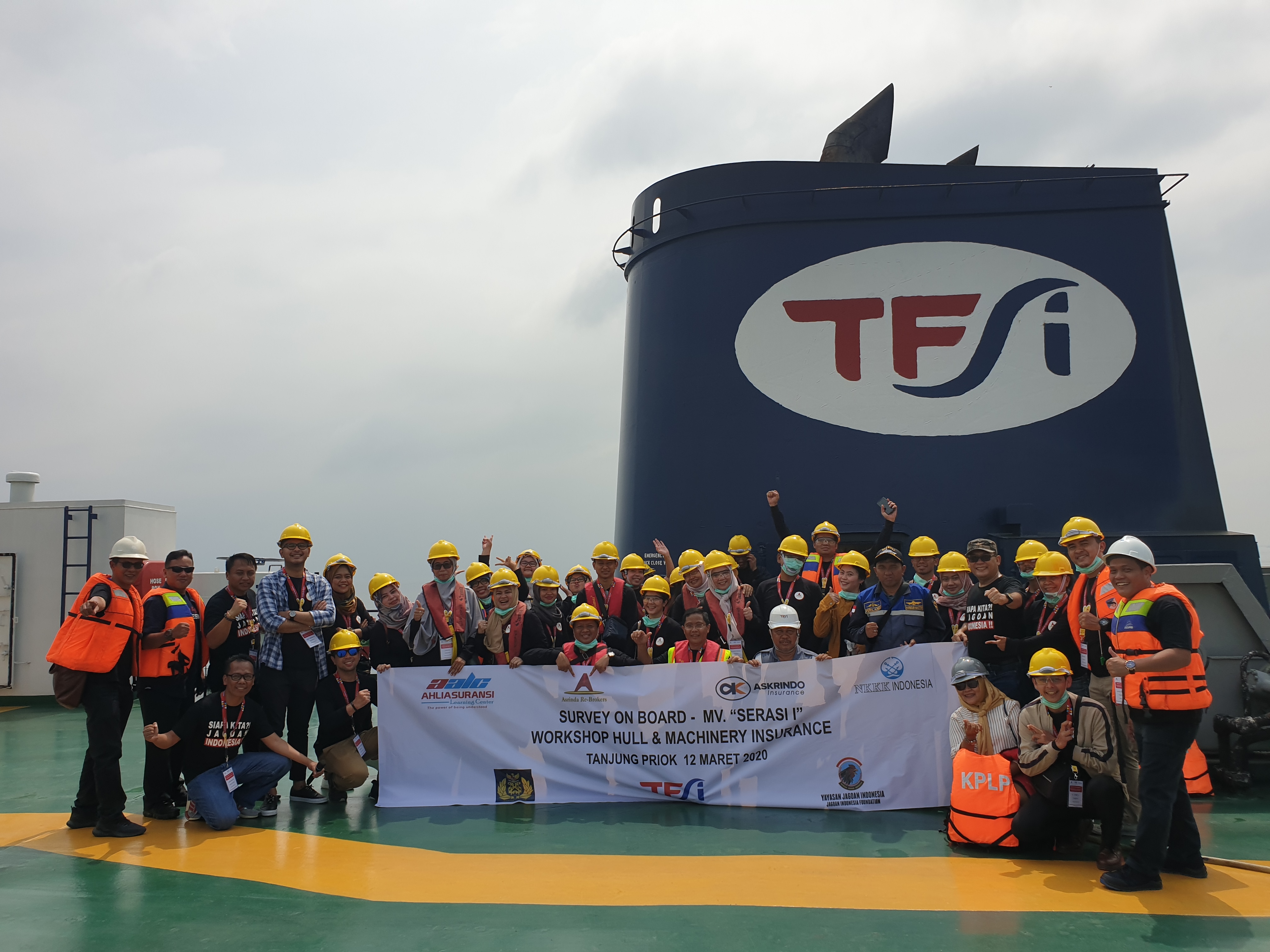
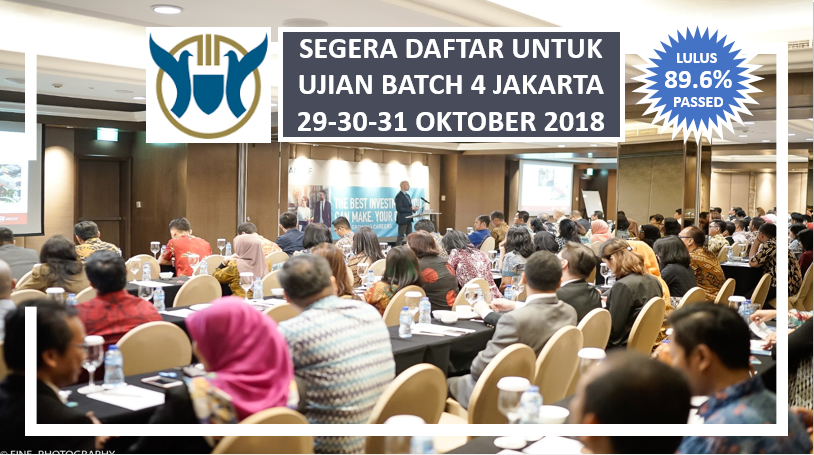
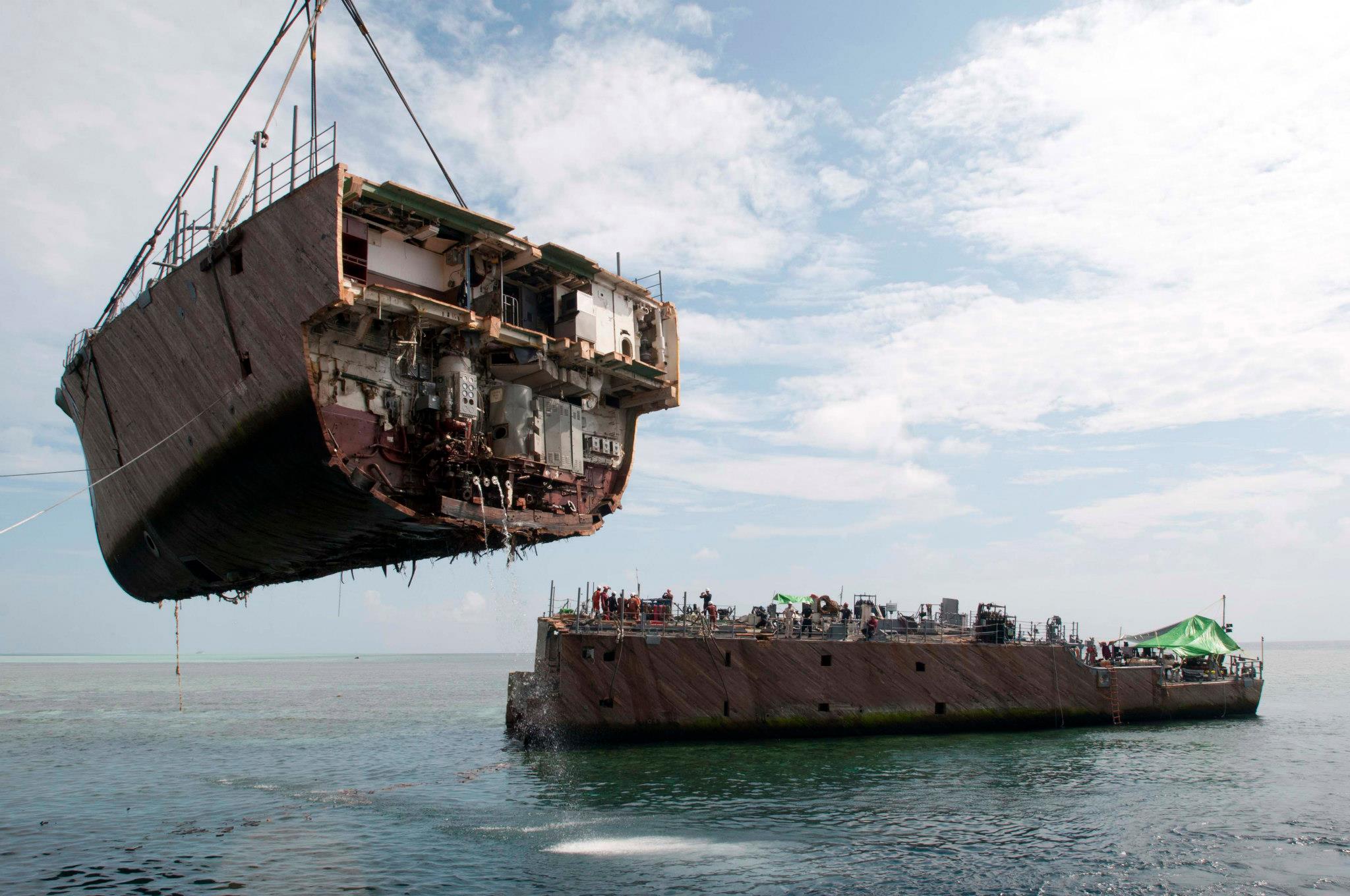
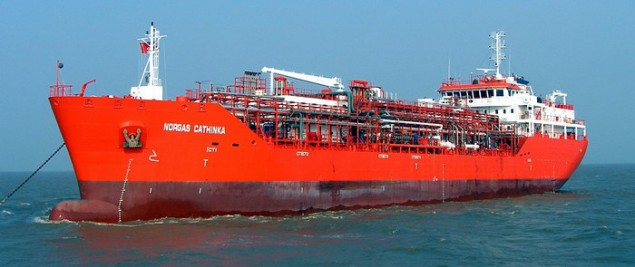
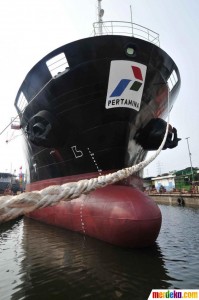


Assalamualaikum,
Saya benar-benar beruntung blogwalking kemudian menemukan blog ini,
karena di sini saya menemukan banyak sekali ilmu baru.
Dan semoga kunjungan saya ke blog ini membuka dan mempererat tali silaturahmi di antara kita.
Salam Hormat,
Kang Musa
http://www.kang-musa.co.cc
mohon saran dan jawaban, apakah ada aturan P&I yang menyatakan bahwa setiap surveyor dapat diclaim jika melakukan kesalahan dalam survey
IMAM MUSJAB: Bukan Aturan P&I Pak, Tapi “Breach of Professional Duty” sebagai Surveyors and Adjusters; silakan di baca di sini pak http://ahliasuransi.com/2009/02/09/professional-indemnity-insurance-for-adjusters-and-surveyors
Pak Imam,
Sehubungan dengan pengoperasian tongkang dan terjadi kerugian atas tongkang tersebut, misalnya kandas, dll, dan dari hasil survei yang dilakukan diketahui ada unsur negligence of crew tug boat, dan dalam dalam polis ada additional deductible due to crew negligence, apakah bisa diaplikasikan pada kasus tersebut? Dari beberapa pendapat yang saya daptkan selalu berbeda-beda. Mohon diberikan dasar pemikiran/hukum yang mengatur tentang hal ini. Terima kasih banyak sebelumnya.
IMAM MUSJAB : Deductible for crew negligence sebenarnya sudah jarang dipakai lagi, intensi awalnya adalah untuk kerusakan mesin yang disebabkan oleh “crew negligence”, untuk unsur “navigational risks” lainnya sangat sulit menentukan apakah disebabkan oleh crew negligence, namun jika memang terdapat “deductible for crew negligence” dan indeed kecelakaan disebabkan oleh “crew negligence” tentu saja deductible tsb yang harus diaplikasikan. sekali lagi akan sangat debatable menerapkan deductible for crew negligence untuk “navigational risks” selain dari “machinery damage”.